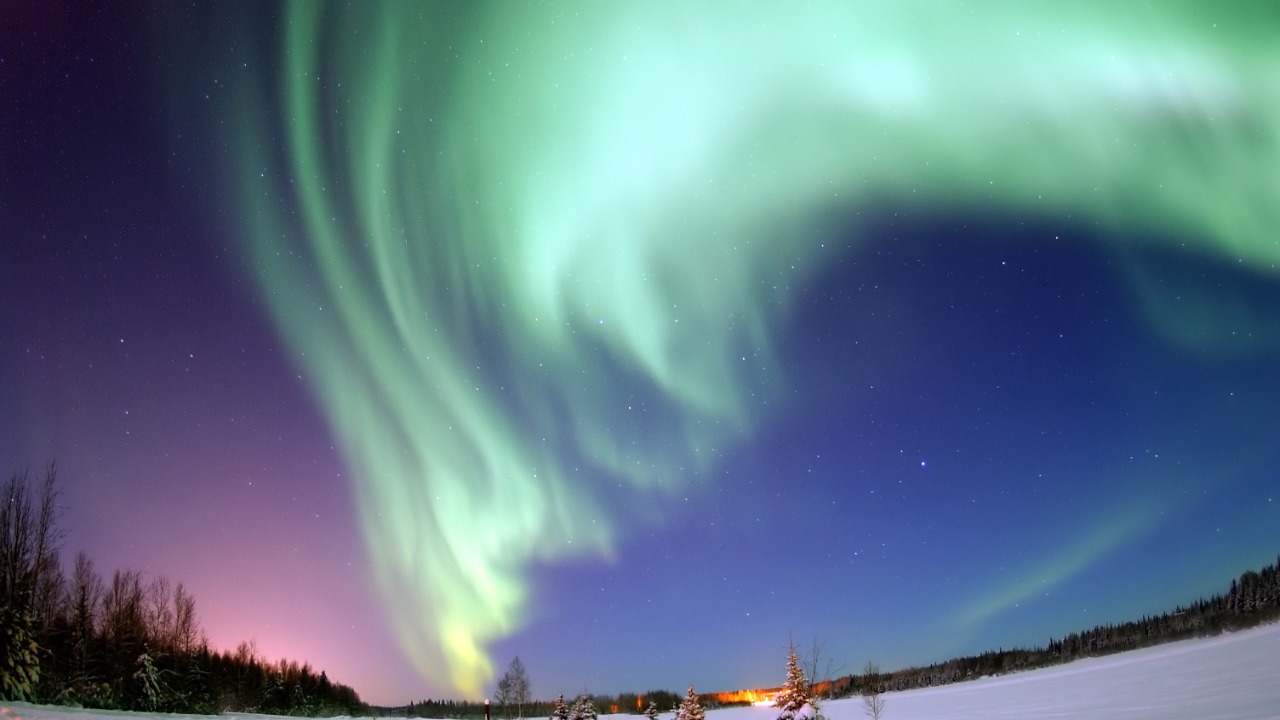
The celestial phenomena known as “Steve” and “Picket Fence,” named for their unique appearances, were once thought to be auroras. However, recent studies suggest they are distinct phenomena. “Steve,” in particular, has been investigated with the help of citizen scientists, shedding light on its mysterious features.
Defining Aurora-like Phenomena: Steve and Picket Fence
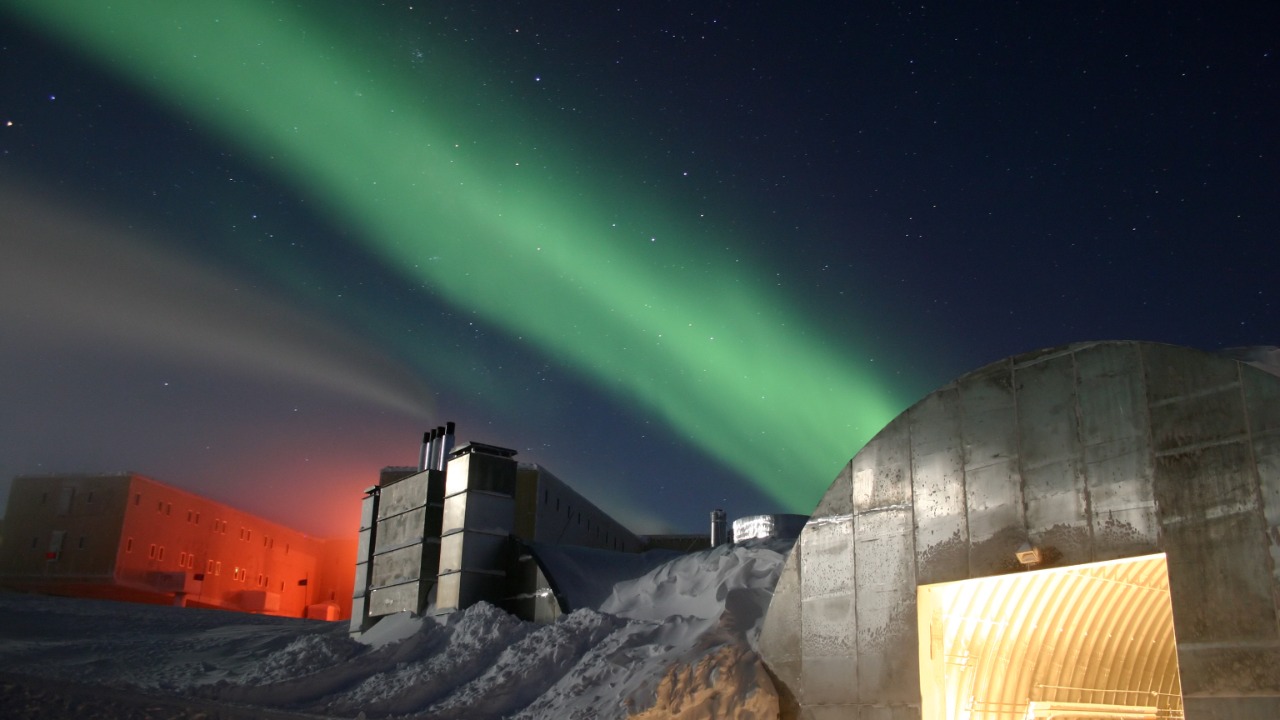
Auroras, commonly known as Northern or Southern Lights, are natural light displays in the Earth’s sky, predominantly seen in the high-latitude regions. However, “Steve” and “Picket Fence” are not your typical auroras. They differ in appearance and behavior, presenting unique characteristics that set them apart from traditional auroras (Berkeley News).
“Steve” is a narrow, east-west running band of light that can be seen further south than typical auroras. On the other hand, “Picket Fence” appears as a series of vertical structures, resembling a garden fence, hence the name. These distinctive characteristics make them stand out from traditional auroras and have sparked curiosity among scientists and skywatchers alike (ScienceAlert).
According to a study by the University of California, Berkeley, ‘Steve’ is a phenomenon that occurs at much lower latitudes than traditional auroras. It is a thin, purple ribbon of light, often accompanied by green ‘picket fence’ structures that run perpendicular to the ribbon (Berkeley News). The ‘Steve’ phenomenon is also transient, lasting for 20 minutes to an hour, and can be seen in the presence of a nearby aurora, although it is not an aurora itself.
On the other hand, ‘Picket Fence’ is less understood. It appears as a series of vertical green structures, resembling a garden fence, that often accompany ‘Steve.’ However, unlike ‘Steve,’ ‘Picket Fence’ is not always visible when an aurora is present. This suggests that while ‘Picket Fence’ may be related to ‘Steve,’ it is a separate phenomenon that requires further study (ScienceAlert).
Role of Citizen Scientists in Unfolding the Mystery of Steve
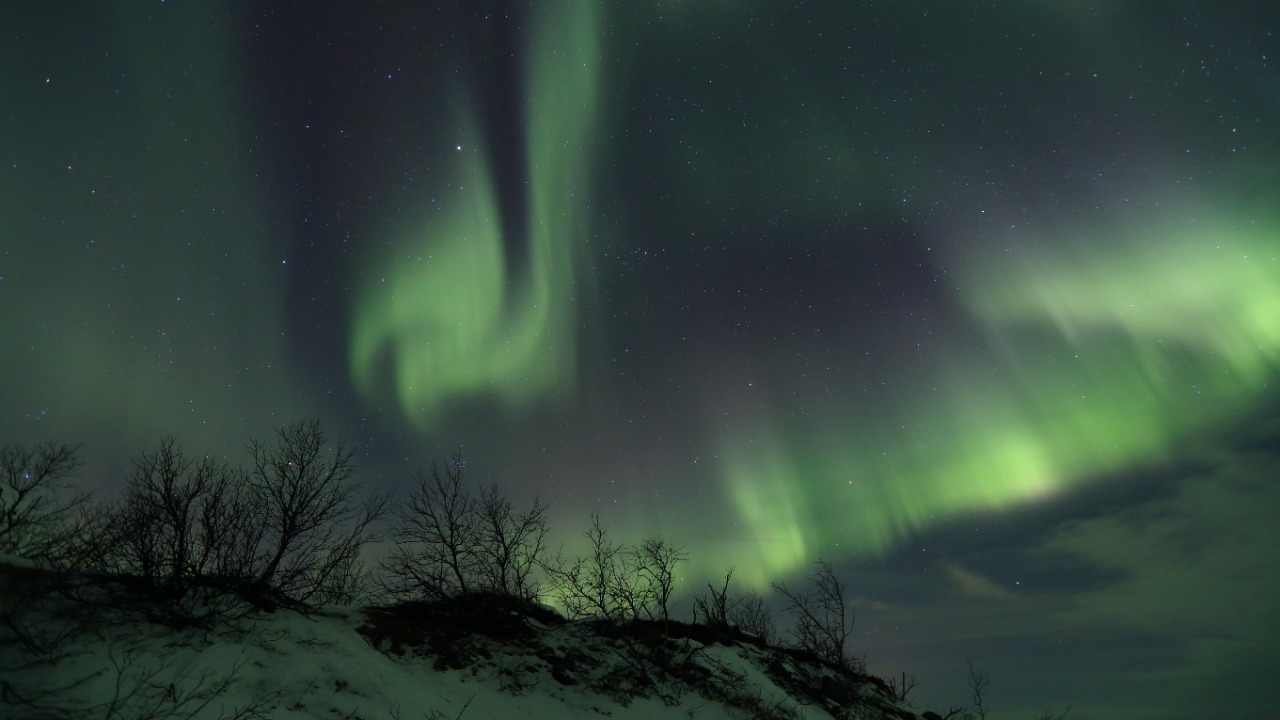
The mystery of “Steve” has been partially unraveled thanks to the contributions of citizen scientists. These individuals, armed with their curiosity and cameras, have captured images and data that have been instrumental in revealing new features of this aurora-like phenomenon (CBC Radio).
The involvement of citizen scientists has not only helped demystify “Steve” but has also changed the landscape of astronomical research. Their contributions have shown that with the right tools and a keen eye, anyone can contribute to the advancement of scientific knowledge.
Citizen scientists have played a pivotal role in the study of ‘Steve.’ The phenomenon was first brought to the attention of scientists by members of a Facebook group called Alberta Aurora Chasers. These amateur astronomers noticed the unusual light display and began documenting it, eventually catching the attention of professional researchers (CBC Radio).
Since then, citizen scientists around the world have contributed thousands of observations and photographs of ‘Steve,’ providing invaluable data for researchers. This collaboration between amateur and professional astronomers has not only advanced our understanding of ‘Steve’ but also highlighted the important role that citizen scientists can play in scientific discovery.
Scientific Investigations into Steve and Picket Fence
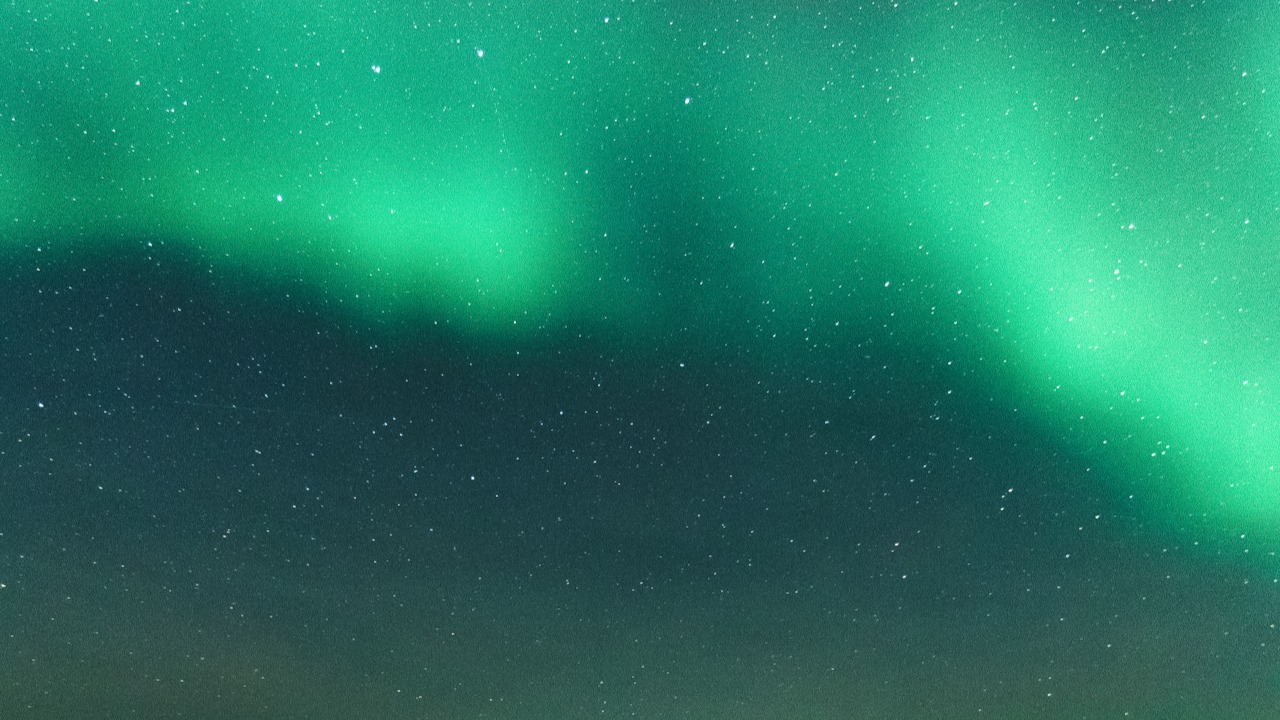
Scientific studies have been conducted to explain the characteristics and origins of “Steve.” These investigations have revealed that “Steve” is not an aurora but a completely new celestial phenomenon. It is caused by a 25 km wide ribbon of hot gases, about 450 km above Earth’s surface, flowing westward at a speed of about 6 km/s compared to a speed of about 10 m/s either side of the ribbon (EarthSky).
Similarly, “Picket Fence” has also been the subject of scientific scrutiny. While it was initially thought to be a type of aurora, recent studies suggest that it might be a distinct celestial phenomenon. However, more research is needed to confirm this hypothesis and to fully understand the nature of “Picket Fence” (ScienceAlert).
Implications and Future Research
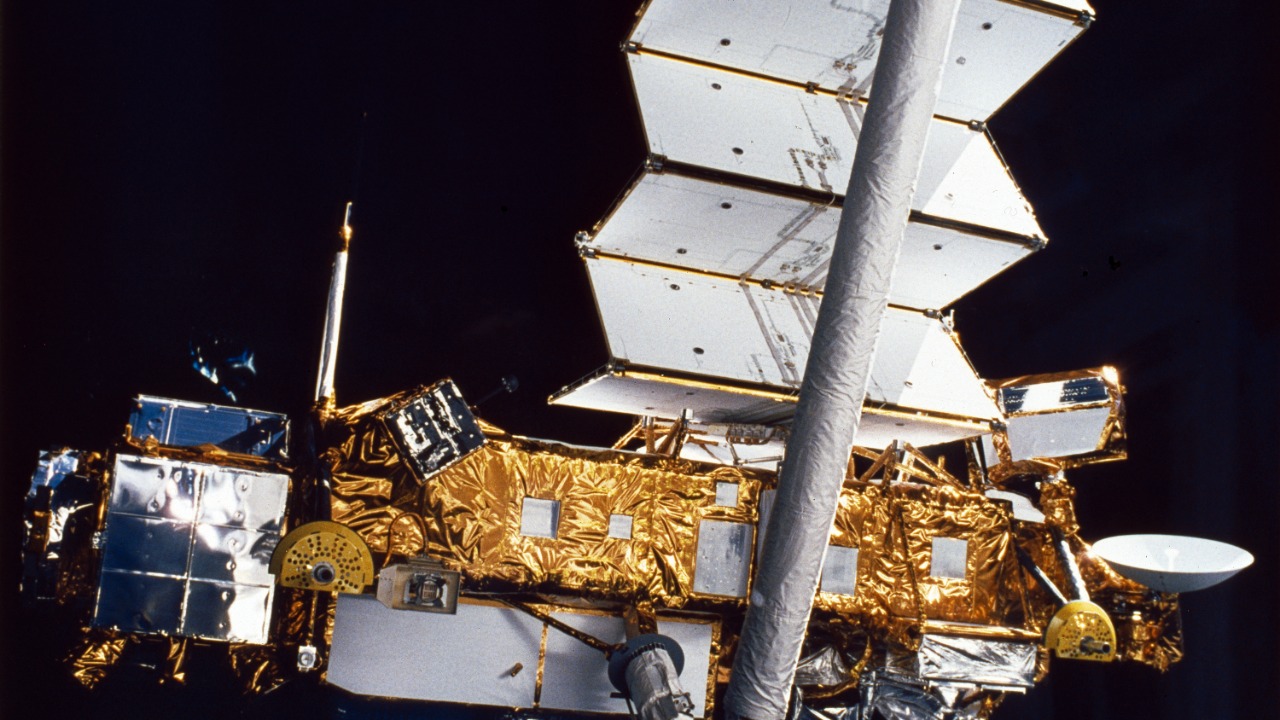
The discovery of “Steve” and “Picket Fence” as separate phenomena has significant implications for our understanding of the Earth’s atmosphere and space weather. It opens up new avenues of research and challenges our current knowledge of these celestial events.
Future research will likely focus on further understanding these phenomena and their relationship with space weather. The role of citizen scientists in these investigations will continue to be crucial. Their observations and data collection will provide valuable insights that could lead to new discoveries in the field of astronomy.
The discovery of ‘Steve’ and ‘Picket Fence’ as distinct phenomena separate from traditional auroras has profound implications for our understanding of the Earth’s upper atmosphere. These phenomena provide a unique window into the processes that drive the Earth’s magnetosphere and ionosphere, two key components of the Earth’s space weather system (EarthSky).
Future research will likely involve both ground-based observations and satellite measurements to further unravel the mysteries of ‘Steve’ and ‘Picket Fence.’ In particular, researchers will aim to understand the physical processes that give rise to these phenomena and how they interact with the rest of the Earth’s space weather system. The continued involvement of citizen scientists will be crucial in these efforts, as their observations can provide a wealth of data for researchers to analyze (SciTechDaily).